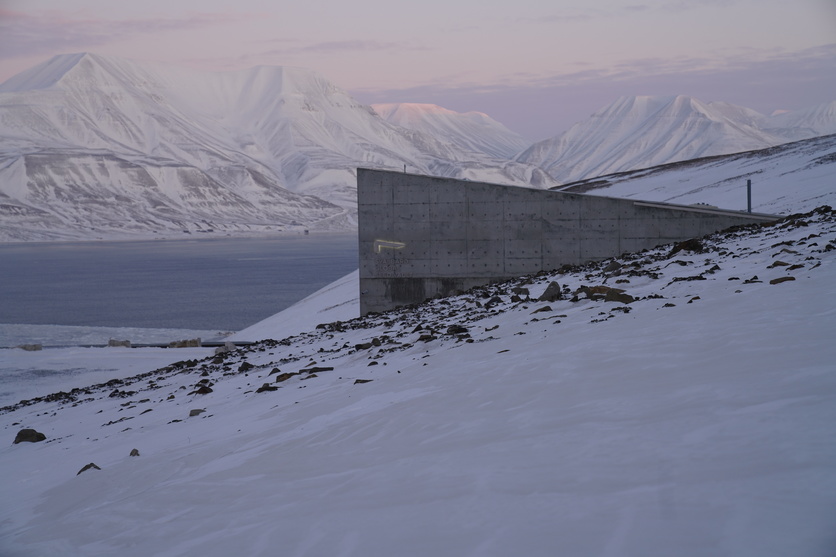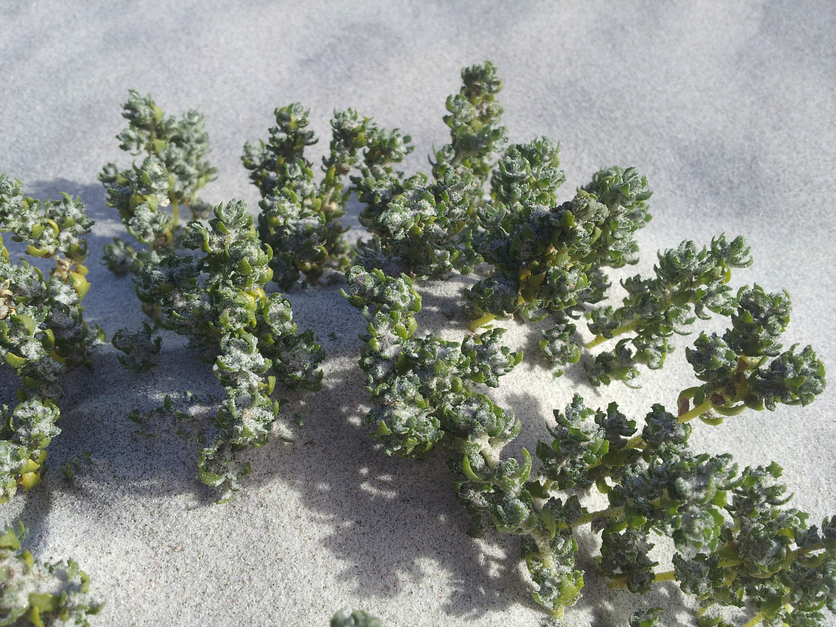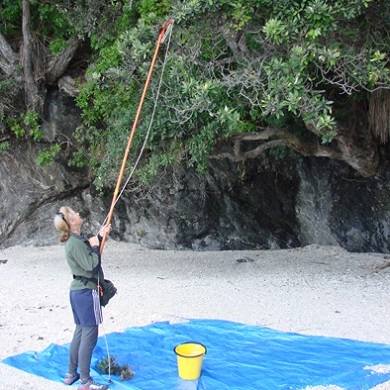Seeds are part of most plant life cycles. Seed-producing plants and the seeds they produce provide resources for humans and other living things. These include food sources and materials for items like bags, clothing and rope. Plants and seeds hold personal and cultural meaning, and they connect to our ecologies, histories and languages. They feature in waiata and whakataukī.
Kohikohi ngā kākano, whakaritea te pārekereke, kia puāwai ngā hua.
Gather the seeds, prepare the seedbed carefully, and you will be gifted with an abundance of food.
But seeds can disappear and even become extinct. When this happens, we lose a valuable resource to replace crop plants that have been wiped out by disease or disasters. We also lose biodiversity and our ability to create new crops, disease-resistant crops and perhaps new medicines. With climate change, it becomes even more crucial to try to keep as many different types of plants available as possible.
Preserving seeds
One way to increase the chances of plant species’ survival is by gathering different seed varieties and storing them in purpose-built buildings or containers called seed banks. Just like a bank where you deposit money, seed banks take deposits of seeds and keep them safe.
Many countries have seed banks. Globally, there are over 1,700 and they range in size from small to large. One of the biggest is the Svalbard Global Seed Vault, also known as the Doomsday Vault. It is hidden away on the side of a mountain on an island north of the Arctic Circle. The cold, dry conditions in this part of the world are ideal for keeping seeds viable – though you don’t need ice all around you to store seeds successfully as long as you have a consistent temperature of -20°C with low oxygen and low moisture levels.
It’s a very efficient way of storing the genetic diversity of plants that are held within seeds, so you can store a large number of seeds and that genetic diversity in a relatively small area.
Craig McGill, Senior Research Officer in Seed Science and Technology, Massey University.
Seed banks can vary in what they collect. Some seed banks store a small, select range of seeds while others may just keep seeds local to the area. The Doomsday Vault keeps a selection of seeds from all the other seed banks around the world – including deposits from New Zealand – as a global back-up. Others concentrate on the main food crops such as wheat, rice, apples and potatoes, and some surprisingly even have poisonous plants or weed seeds stored.
Knowing what seeds to keep can be complex. A plant that we don’t use much now may prove to have something we will need later on – particularly when it comes to medicines. When you consider that most of the world’s food is reliant on only 20 main crops, it is even more important that a wide range of seed varieties are kept in case one or more of those important genetic sources is decimated by a new pest, disease or changes to our climate.
Seed banks in Aotearoa
The Margot Forde Genebank is located in Palmerston North. It is New Zealand’s seed bank of grassland plants. Its main collection holds forage and pasture species although it also holds cereals and fungal endophytes. The genebank’s roles include the collection, acquisition, conservation, replenishment and distribution of genetic resources – in the form of seeds – for research and development of new varieties from selective breeding.
The grassland collections are important. As problems such as climate change arise, the current forage and pasture species will need alternatives. These alternatives may already exist at the genebank, where more than 2,200 species and more than 166,000 accessions (local plant populations from around the world) are already held in the genebank’s vaults. These numbers make the Margot Forde Genebank the largest and most diverse forage collection in the world!
The Margot Forde Genebank also hosts the much smaller New Zealand Indigenous Flora Seed Bank, which is managed by Massey University and preserves Aotearoa New Zealand’s endangered plant diversity. With the recent incursion of myrtle rust in the country, it is more important than ever to preserve plant genetic resources with the aim of preventing potential extinction of Aotearoa New Zealand’s valuable flora. The four main target species for the indigenous flora are:
- Pōhutukawa, rātā and other Myrtaceae.
- Alpine flora and forget-me-nots.
- Kōwhai, native brooms and kākā beak.
- Podocarps and forest trees.
This important indigenous flora collection currently only holds a small percentage of the total number of threatened native plant species, with just under 1,000 samples.
Seed conservation mātauranga
The Biological Heritage National Science Challenge and Te Tira Whakamātaki have been working together to support iwi to reclaim mātauranga regarding seed conservation. A number of hapū have been given seed-banking drums – a special kit that enables community members to collect, dry and store seeds from local taonga plants. This approach will help to revitalise traditional customary practices as well as to protect and restore taonga species.
Limitations of seed banks
There are some challenges with seed banks. They take funding and effort to establish and maintain – with potentially centuries of care and upkeep. Some plants such as bananas, avocados, mangroves and about 20% of our native forest species cannot be stored in the conventional manner. Their seeds die during the drying process, so a different method has to be used. One option is a process called cryopreservation. It uses liquid nitrogen to store plant tissue at a very cold temperature (-196°C). This works well but it is more expensive.
Most dried seeds will last for decades, sometimes centuries, but for those that don’t, the seeds are taken out before they lose all their viability and sown and grown. The seeds of those plants are then harvested, dried and returned back to the seed bank.
Related content
Use these articles to find useful background information:
- The seed-flower life cycle
- Seed-bearing plants
- Seed dispersal
- Te haenga me te ruinga o te kākano | Pollination and seed dispersal
- He pūnaha whakarōpū | Classifying and identifying plants
- The germplasm collection: a library of apples
- Seeds, stems and spores – introduction
Activity ideas
This activity is a ready-to-use cross-curricular teaching resource about seeds and fruits.
In this activity, students choose a question they have concerning seeds and design an investigation to help them answer their question.
Useful links
Visit AgResearch for more information about the Margot Forde Genebank.
Visit the New Zealand Association for Environmental Education website download He Kākano | Seed Collecting Guides – available in te reo Māori and English – you can contribute to saving seeds too.
Visit the Biological Heritage National Science Challenge for information about mātauranga Māori for biological heritage.
Learn more about the work of the New Zealand Indigenous Flora Seed Bank.
Visit the Department of Conservation’s Seed collection: looking to our future.
Pūniu Inc nursery eco-sources seed for native tree propagation, planting and restoration projects.
Visit the Svalbard Global Seed Vault to learn more about its operations and innovative practices. Read about New Zealand’s contributions to the global collection in this Stuff article. Take a virtual tour of this impresive structure.
The Royal Botanic Gardens hosts the Millennium Seed Bank. It is the world’s largest wild seed conservation project and holds eight species now extinct in the wild.
In this RNZ story and interview Te Tira Whakamātaki Māori biosecurity researcher and policy advisor Marcus-Rongowhitiao Shadbolt says we need to get serious about seed banking, to protect them for future generations.



